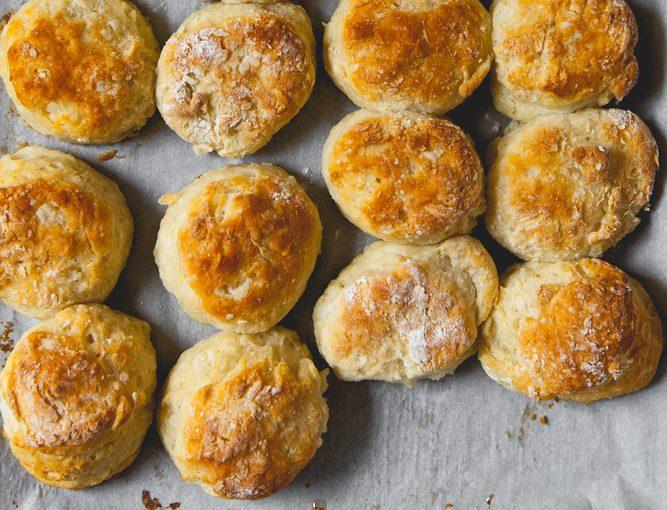Ask any homesick Southerner living north of the Mason-Dixon line—like me—what food they miss most, and the answer will probably be “real biscuits.” Biscuits are as closely tied to the Deep South as sweet tea and magnolia blossoms.
Every Southern cook has a special recipe and technique for making biscuits. My ideal biscuit, which I grew up eating in my hometown of Chattanooga, Tennessee, starts with the smell: yeasty sweet, but not sugary. The aromatic sensation is akin to nuzzling a small warm puppy.





